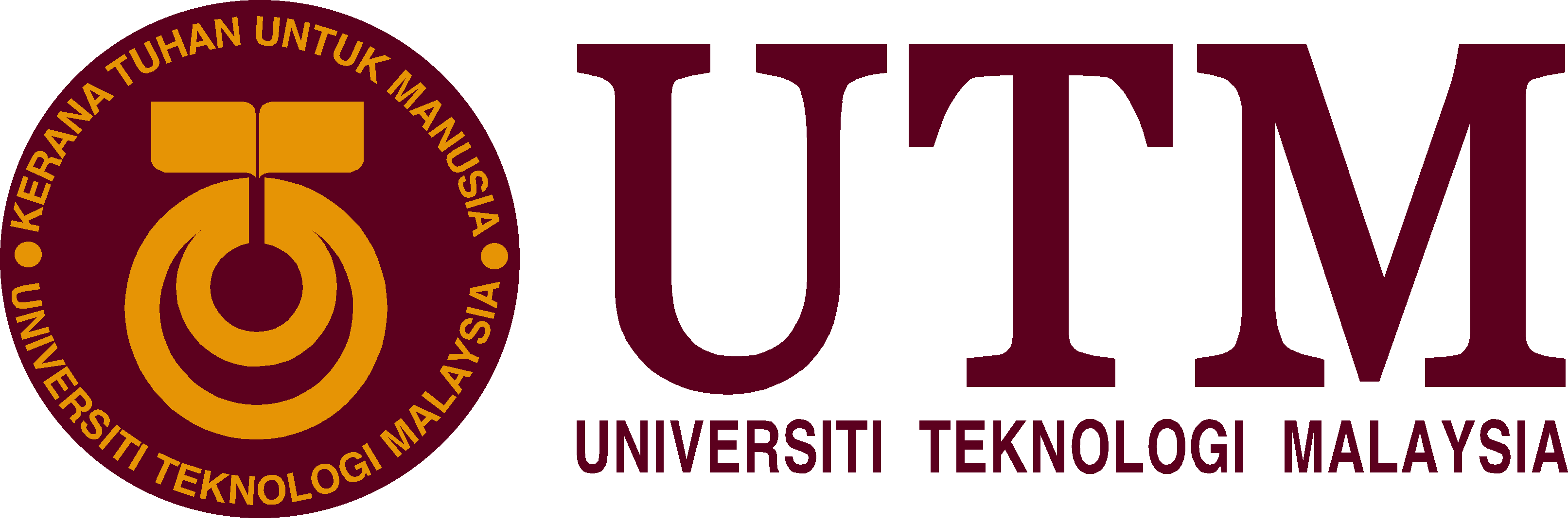
Kita harus tahu, Jepun tidak mula mandiri secara sendirian dan semulajadi.
Pasca Perang Dunia Kedua, sejumlah besar bantuan telah diberikan oleh USA sebagai eratan perhubungan kembali selepas kejadian pengeboman Hiroshima dan Nagasaki.
Hal ini termasuklah melibatkan agenda pendidikan, misalnya melalui Misi Pendidikan USA ke Jepun yang menyelia Laporan Reformasi Pendidikan Jepun 1946.
Chapter-by-chapter the Report made the following points:
1) The aims and content of Japanese education:
“A highly centralized educational system . . . is endangered by the evils that accompany an intrenched bureaucracy. Decentralization is necessary in order that teachers may be freed to develop professionally under guidance, without regimentation. They, in turn, may then do their part in the development of free Japanese citizens.”
“To this end, knowledge must be acquired that is broader than any available in a single prescribed textbook or manual, and deeper than can be tested by stereotyped examinations. A curriculum consists not merely of an accepted body of knowledge, but of the pupils’ physical and mental activities; it takes into account their differing backgrounds and abilities. It should therefore be set up through cooperative action involving teachers, calling on their experiences and releasing their creative talents.”
2) Language reform:
“The problem of the written language is fundamental to all modifications in educational practice.”
“It is recommended that some form of Romaji be brought into common use.”
3) Administration of education at the primary and secondary levels:
“The principle is accepted that, for the purposes of democratic education, control of the schools should be widely dispersed rather than highly centralized as at present.” “The Ministry of Education, under the proposals of the Mission, would have important duties to perform in providing technical aid and professional counsel to the schools, but its direct control over local schools would be greatly curtailed.”
“In order to provide for greater participation by the people at local and prefectural levels, and to remove the schools from the administrative control by representatives of the Minister of Home Affairs at the local level, it is proposed to create educational agencies elected by popular vote, at both local and prefectural levels. Such agencies would be granted considerable power in the approval of schools, the licensing of teachers, the selection of textbooks – power now centralized in the Ministry of Education.”
“There is proposed an upward revision of compulsory education in schools to be tax-supported, coeducational and tuition-free such education to cover nine years of schooling, or until the boy or girl reaches the age of sixteen. It is further proposed that the first six years be spent in primary school as at present, and the next three years in a “lower secondary school” to be developed through merging and modifying the many kinds of schools which those completing primary school may now enter. These schools should provide general education for all, including vocational and educational guidance, and should be flexible enough to meet individual differences in the abilities of the pupils. It is proposed further that a three-year “upper secondary school” be established, free of tuition costs, in time to be coeducational, and providing varied opportunities for all who wish to continue their education.”
“Graduation from the upper secondary schools would be made a condition of entrance to institutions of higher learning.”
4) Teaching and the education of teachers:
“In order that the newer aims of education may be achieved, teaching methods emphasizing memorization, conformity and a vertical system of duties and loyalties should be modified to encourage independent thinking, the development of personality, and the rights and responsibilities of democratic citizenship.”
“The reorganized normal schools, all more nearly at the level of the higher normal schools, should become four-year institutions; they would continue general education and provide adequate professional training for teachers in elementary and secondary schools.”
“Other institutions for preparing teachers for certification, whether private or tax-supported, should satisfy teacher-training standards equivalent to those of the reorganized normal schools.”
5) Adult education:
“During this period of crisis for the Japanese people, adult education is of paramount importance for a democratic state places much responsibility on each citizen.”
“The schools are but one agency for adult education, but through parent-teacher activities, evening and extension classes for adults, and the opening of buildings to a variety of community activities, adult education may be fostered.”
“Another important institution for adult education is the public library.” “Museums . . . may serve educational purposes paralleling those of the library.”
“In addition, organizations of all kinds . . . should be helped to use effectively the techniques of forum and discussion.”
6) Higher education:
“In order to increase the opportunities for liberal education at higher levels, it would be desirable to liberalize to a considerable extent the curricula of the preparatory schools (Koto Gakko) leading to the universities and those of the more specialized colleges (Semmon Gakko), so that a general college training would become more widely available. This would lead, on the one hand, to university study, and, on the other, to specialized training at the semi-professional level such as is provided by the Semmon Gakko but rounded out with training of broader cultural and social significance.”
“In addition to providing more colleges, it is proposed that more universities be established according to a considered plan.”
“Establishment of economic and academic freedom for faculties in institutions of higher education is of primary importance.”
“For the student, the freedom which should be guaranteed is freedom of access, on the basis of merit, to all levels of higher studies.”
“Attention needs to be given to the improvement of professional education . . . . “






